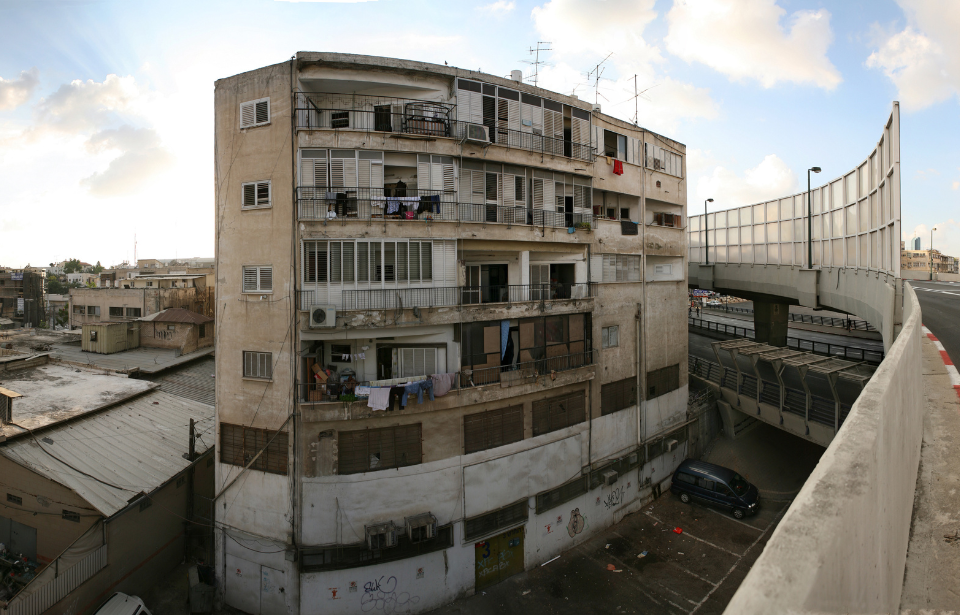Intended to be the world’s largest operating bus station, the New Tel Aviv Central Station was first thought up in the 1960s. Its lengthy building period, however, caused it to fall out of popularity before it even opened. Only in service for 30 years, most of the station has already become derelict and abandoned. Its continued decline has led it to be slated for demolition in the near future.
The station was designed in the 1960s
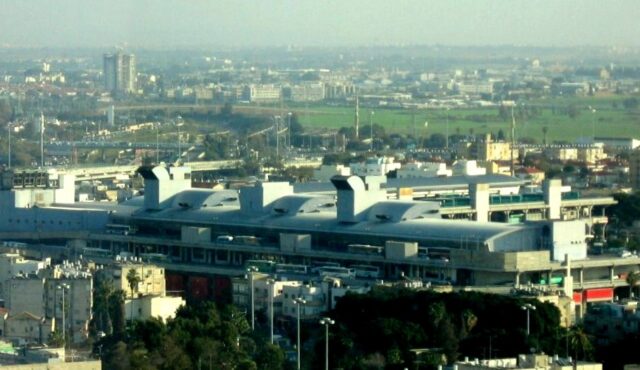
The New Tel Aviv Central Station was designed in the 1960s by Ram Karmi as a replacement for the old bus station, located just a few blocks away. The old station had become a stain on the neighborhood, as local media called it “the biggest and worst nuisance in Tel Aviv,” and “a bone stick in the city’s throat.”
It was designed to be the biggest
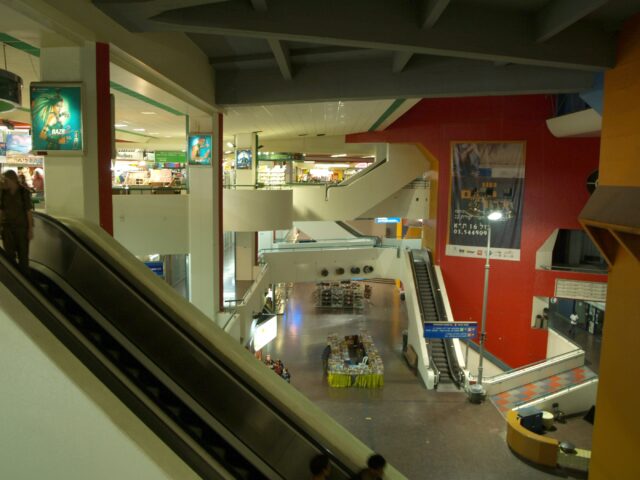
Work began on the station in 1967. It was designed to be the biggest of its kind in the world in terms of building size. This was a strange architectural choice, as Tel Aviv had a population of only 390,000 at the time. Karmi wanted it to serve as an “indoor city,” covering a vast 230,000 square meters.
Business disagreements meant building more
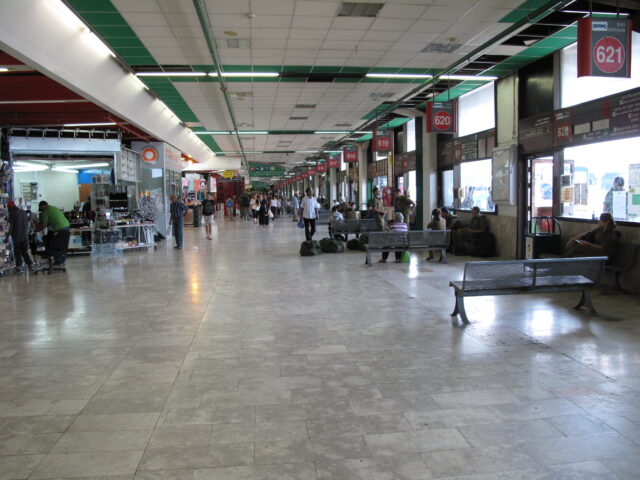
Initially, the station was only intended to be just two stories in total, but several financial and business disagreements caused the plan to expand. With warring bus companies and depleted funding, five more stories were added to the plan. This allowed specific bus companies to operate on their own floors, and allotted commercial retail business space to help generate income.
The station is deliberately confusing
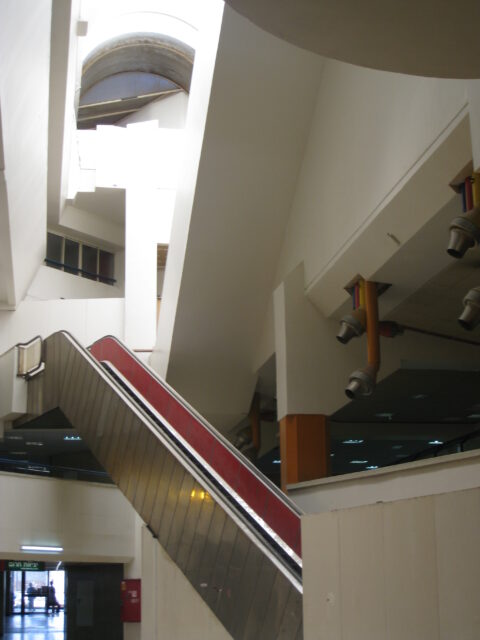
With the size of the station and its total of seven stories, navigating the structure might seem like a daunting task. However, this was an intentional element that Karmi incorporated into the building’s design. By making the station confusing, he hoped travelers would miss their buses, thus forcing them to remain in the station where they could peruse retail stores and hopefully spend more money.
The station offered several amenities
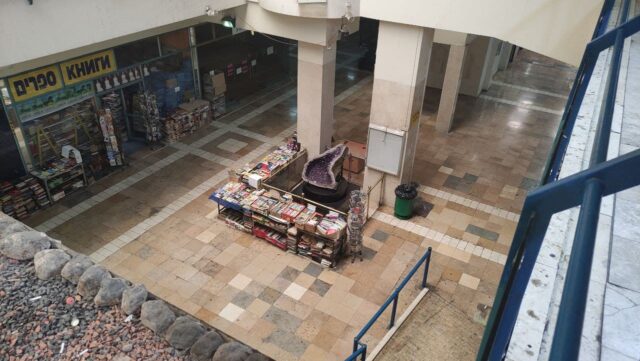
Along with bus terminals and retail stores, the station also boasted a movie theater, multiple art galleries, two synagogues, free health care centers, and free child care centers. There was even a nuclear fallout shelter built in the basement of the station.
By the time it opened, the city had changed
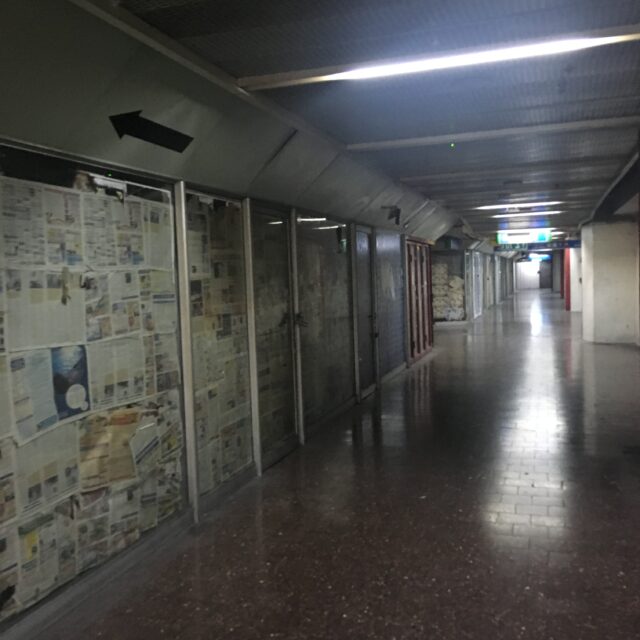
It took 26 years for the station to be completed, and by the time it officially opened on August 17, 1993, the city had changed dramatically. When it was originally designed, it was intended to open in downtown Tel Aviv. However, the lengthy construction time saw the city’s business center migrate north. The south, where the station is located, had become an impoverished neighborhood.
The station slowly began to change
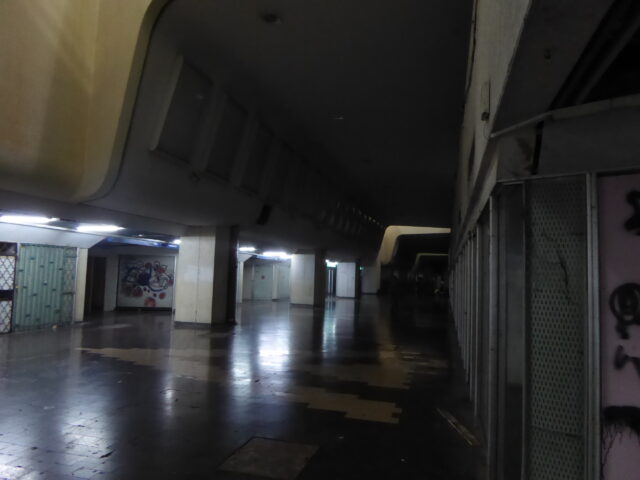
The neighborhood surrounding the station became heavily populated with immigrants and refugees, and this influenced the population of the station. As commercial businesses left the station to head toward the northern part of the city, it became a hub for refugees and migrant workers to set up shop.
The majority of the station has been abandoned
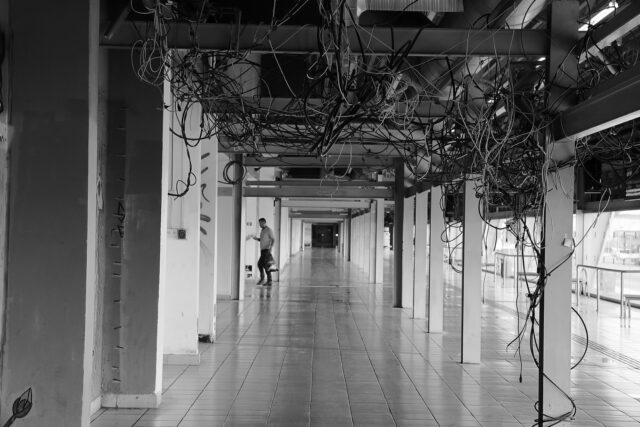
Over time, more and more people began to leave the station, and several stories were altogether abandoned. Most of the bus stations are no longer operable, and the abandoned stories have become residences for addicts, escorts, and unsheltered people. Bats have even taken over a section of a floor, as an unintended nature reserve.
The station is set to be demolished
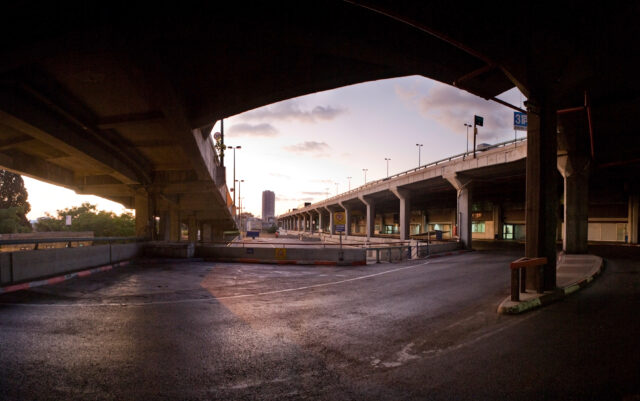
More from us: 7,000-Year-Old Road Discovered Off the Coast of Croatia
For years, the station has been functioning in a state of semi-decay. Now, it has been set to be closed permanently. The Tel Aviv Court for Local Affairs arranged a closure order of the station on October 24, 2021, with deconstruction set for December 2021. However, this has since been delayed.
